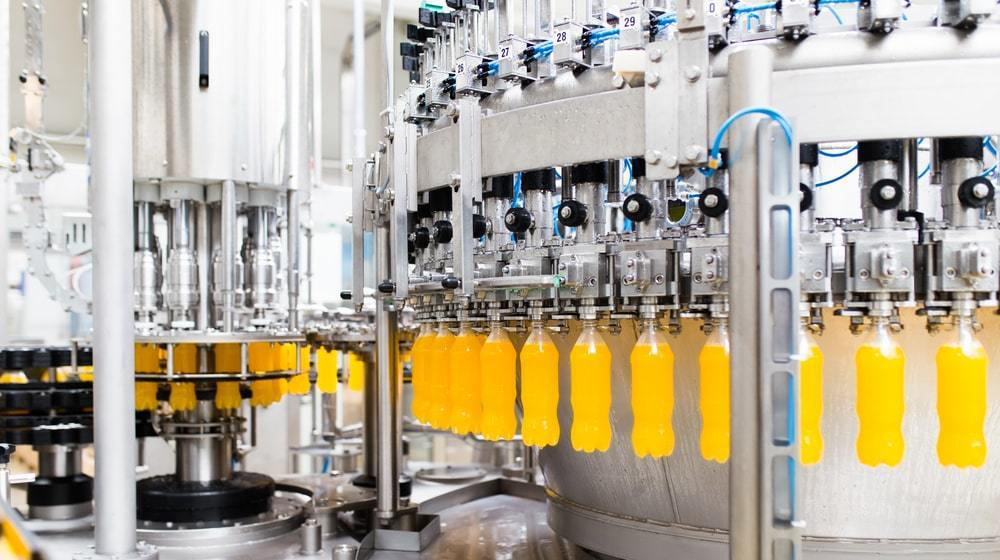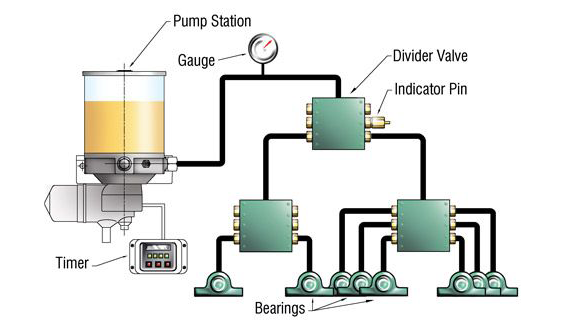Analysis of the Drilling Industry in 2024
Analysis of the Drilling Industry in 2024
Drilling bits are tools used for drilling holes on the surface or inside materials. Common types include twist drills, center drills, hole saws, countersink drills, reamer drills, and special material drills. The head of a drill bit typically has cutting structures, such as blades, gears, or special designs, to cut through formations or other solid materials. These cutting structures may be tools on the drill bit or specific designs on the surface to cut and remove formation material while rotating. Common materials for drill bits include high-speed steel, hard alloys, ceramics, etc., each with different characteristics and applications.
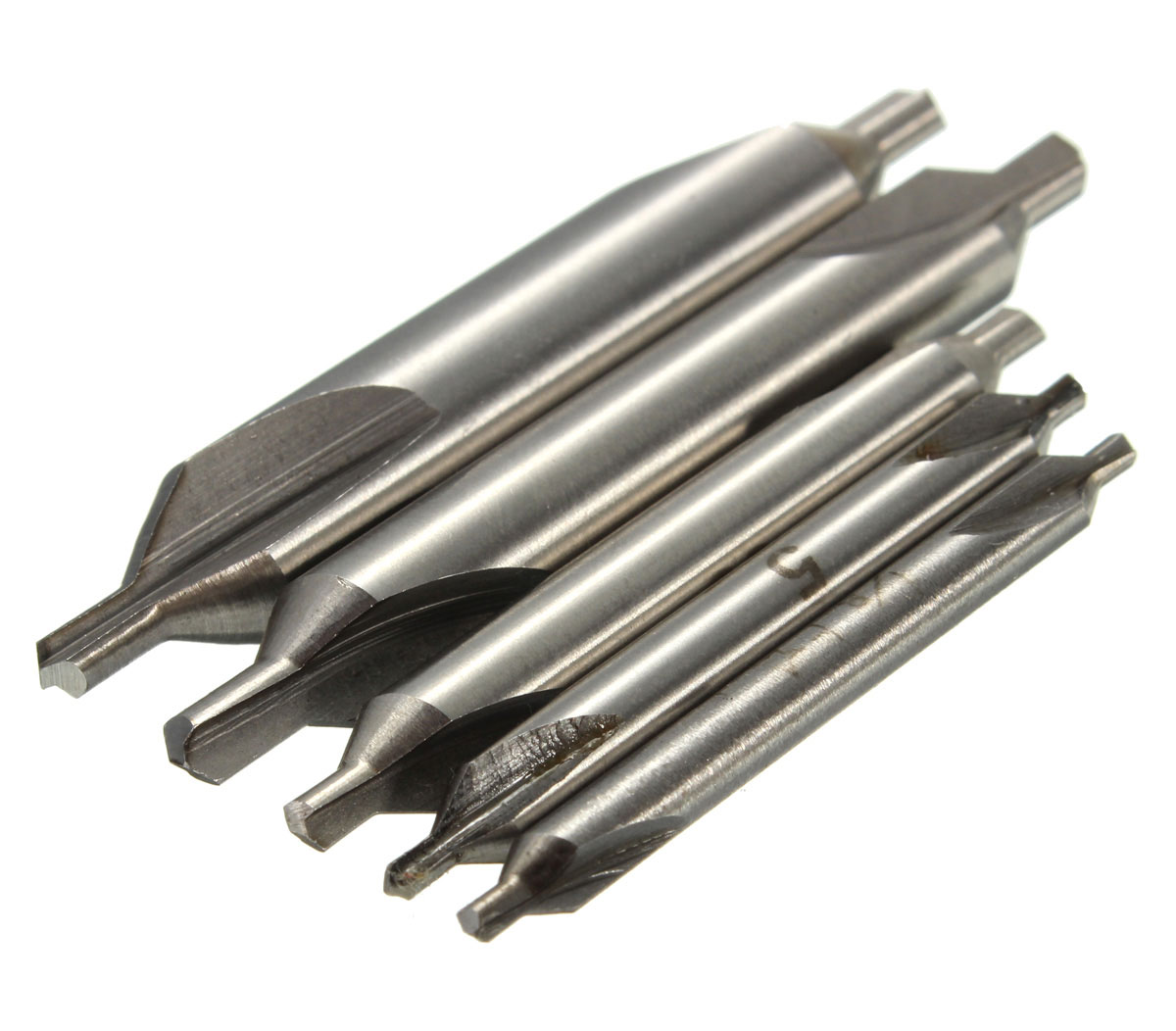


Industry Analysis
Stable Growth in Industry Demand: With the continuous advancement of global infrastructure construction, engineering projects, and increased demand for mineral exploration and extraction, the demand for drill bits is steadily increasing. Additionally, sectors like automotive manufacturing and aerospace, which require precision machining, are also driving the development of the drilling industry.
Intense Industry Competition: With the increasing demand for drill bits, market competition is becoming fiercer. Industry analysis points out that besides large drill bit enterprises both domestically and abroad, there are also many small and medium-sized enterprises competing vigorously. In this competitive environment, companies need to continuously improve product quality, reduce costs, strengthen brand building, and enhance marketing efforts to maintain competitiveness.
International Market Expansion: With the acceleration of globalization, the drilling industry is actively expanding into international markets. Some well-known drill bit companies have entered overseas markets through cooperation, mergers, and acquisitions, opening up new avenues for business growth while also facing fierce competition from foreign enterprises.
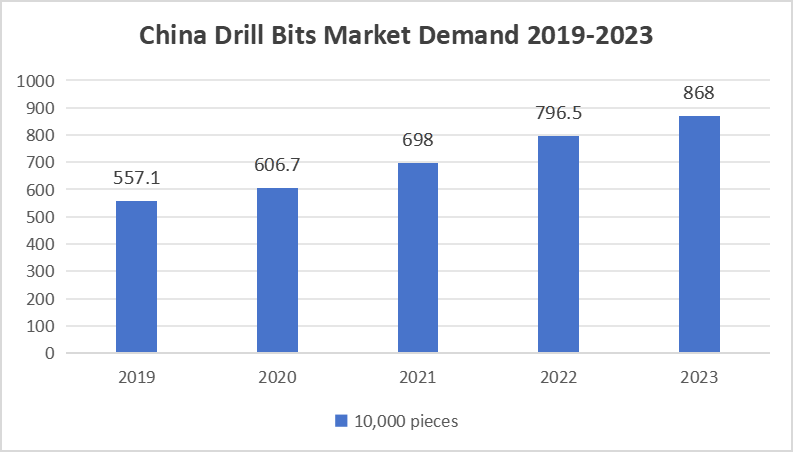
Trends in the Drilling Industry
Development Driven by Technological Innovation: With the continuous advancement of technology, the drilling industry will face more technological challenges and opportunities. The application of new materials and the adoption of advanced design and manufacturing technologies will enhance the performance and efficiency of drill bits to meet the continuously changing market demands.
Development of Intelligence and Automation: With the development of artificial intelligence, big data, and Internet of Things (IoT) technologies, the drilling industry will also move towards intelligent and automated directions. Intelligent drilling equipment will be capable of automated control, remote monitoring, and data analysis, improving production efficiency and quality.
Green Environmental Protection as the Mainstream: With the strengthening of environmental awareness, green environmental protection will become the mainstream development direction of the drilling industry. Industry analysis indicates that companies will pay more attention to energy conservation and emission reduction, resource recycling, and the development and production of environmentally friendly products to meet the society's demand for sustainable development.
Personalized Customization Services: With the diversification and personalization of market demand, the drilling industry will increasingly focus on providing customized solutions and services to customers. Companies will meet customers' drilling needs in different fields and with different requirements through flexible manufacturing and personalized services.
Cross-Industry Integration and Development: With the deepening of industrial integration, the drilling industry may integrate with other related industries to develop more diversified and high value-added products and services. For example, deep cooperation with fields such as materials science, mechanical manufacturing, and electronic technology can drive innovation and development in the drilling industry.
In summary, the drilling industry exhibits diverse development trends in stable market demand growth, technological innovation-driven development, intense market competition, increased awareness of environmental protection and safety, and international market expansion. Companies need to grasp market demand, strengthen technological innovation, improve product quality and service levels, while closely monitoring market changes and industry trends, flexibly adjust development strategies, and enhance competitiveness.
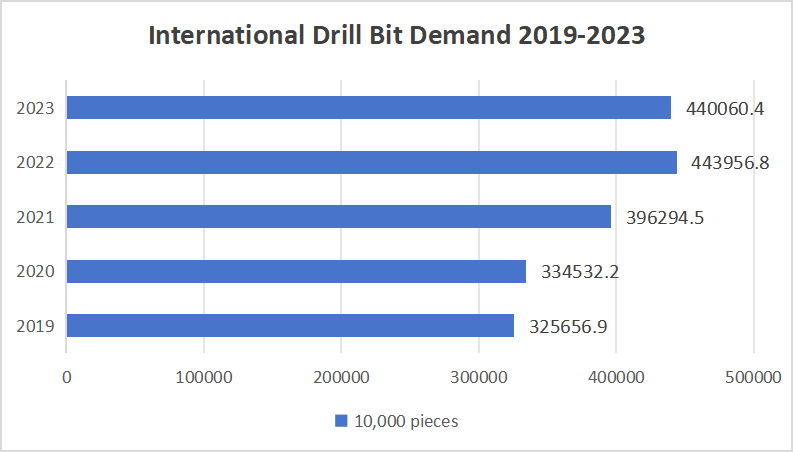
Current Status of the Drilling Market
Global Market Size: The drilling market is a vast global market covering sectors such as oil and gas exploration, mineral exploration, geological exploration, construction, metal processing, etc. The market size is huge and continues to grow due to demand from different application areas and regional markets.
Key Market Participants: Major players in the drilling market include multinational corporations and regional enterprises. Multinational corporations such as Halliburton, Schlumberger, Baker Hughes, etc., have leading positions globally with advanced technology and extensive market channels. Meanwhile, some regional enterprises also play important roles in specific regions or niche markets.
Industry Application Areas: The main application areas of the drilling market include oil and gas exploration and development, mineral exploration and extraction, geological surveying, construction, groundwater development, geotechnical engineering, etc. Prospects for the drilling market indicate that demand in these areas is constantly changing, which also influences the direction of development and product demand in the drilling market.
Market Driving Factors: The development of the drilling market is influenced by various factors, including the global economic situation, energy demand, environmental regulations, geological exploration costs, technological innovation, etc. For example, fluctuations in oil prices, the development of emerging markets, strengthened environmental protection policies, etc., directly affect the demand and development direction of the drilling market.
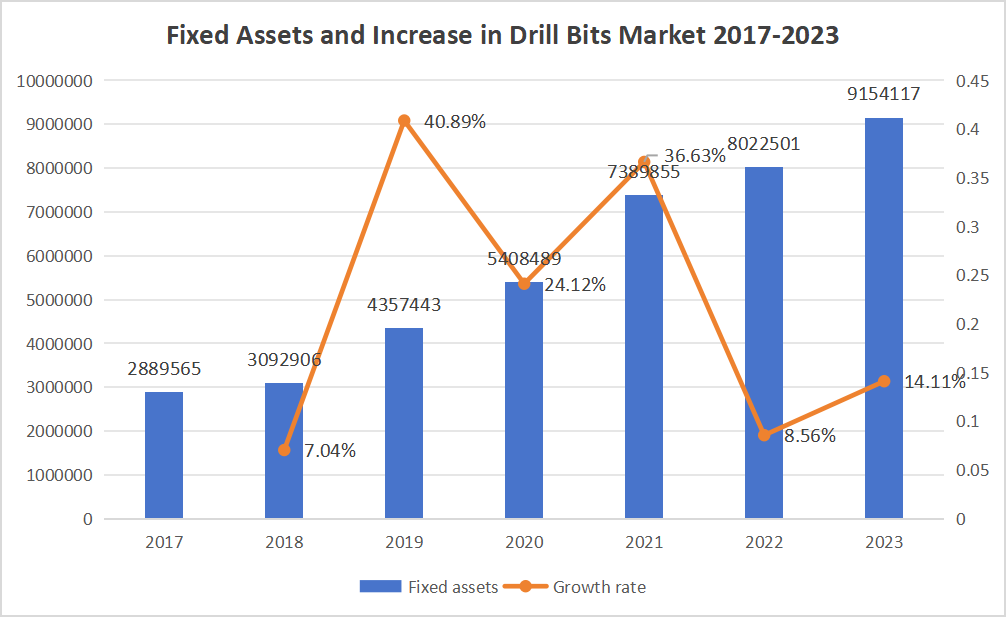
Prospects for the Development of the Drilling Industry
Infrastructure Construction Demand: With the continuous advancement of global infrastructure construction, such as buildings, bridges, roads, etc., the demand for drilling tools continues to grow. Drill bits, as indispensable tools in infrastructure construction, will continue to benefit from this trend.
Industrial Manufacturing Demand: Drill bits play an important role in industrial manufacturing for processing metals, plastics, wood, etc. With the development of manufacturing and technological advancements, the requirements for drilling precision, efficiency, and quality continue to increase, driving the development of the drilling industry.
Driven by Technological Innovation: The emergence of new materials, the application of advanced manufacturing technology, and the development of intelligent and automated systems will promote technological innovation and product upgrades in the drilling industry. High-performance, efficient, and intelligent drill bit products will gradually become the mainstream demand in the market.
Energy Exploration and Development: With the increasing demand for energy resources, energy exploration and development activities are expanding. Prospects for the drilling industry indicate that drill bits play a crucial role in the exploration and development of energy resources such as oil and gas, thus benefiting from the development of the energy industry.
Environmental Protection and Energy Efficiency Requirements: With the increasing environmental awareness and the demand for resource protection, the drilling industry will gradually move towards green environmental protection. Developing environmentally friendly and energy-efficient drill bit products, along with production processes that meet environmental standards, will become an important aspect of corporate competition.
In conclusion, the drilling industry has vast development prospects, but at the same time, it faces challenges such as intense market competition and pressure for technological innovation. Companies need to continuously strengthen technological research and development, improve product quality and service levels to adapt to market changes and the diversification of demand, maintain competitiveness, and achieve sustainable development.

